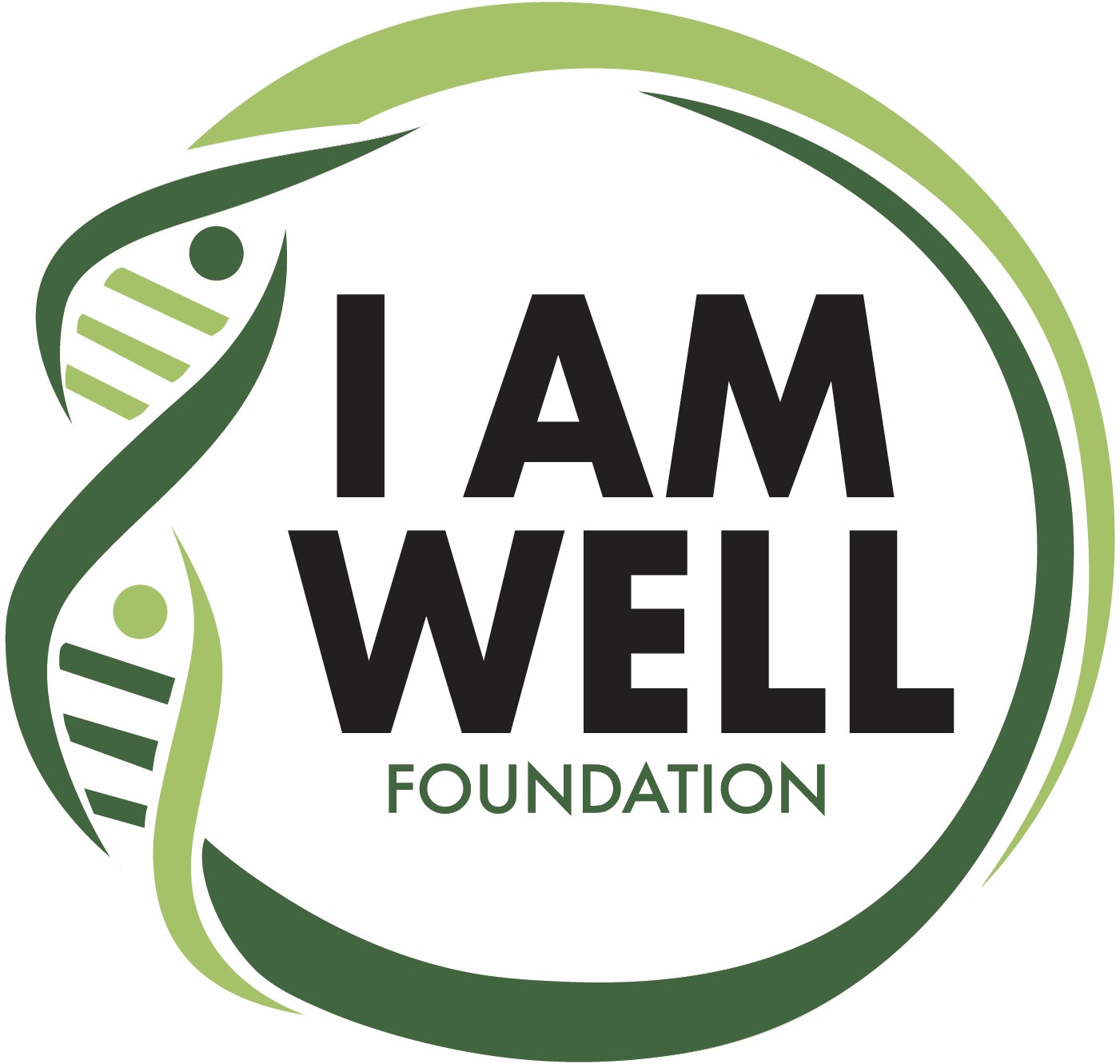MOBILITY
Mobility refers to our ability to move about to obtain resources and basic needs, connect with community and participate in commerce. This can refer to our ability to move about our homes, as well as our ability to travel short or long distances. Some people have independent mobility – the ability to move about their homes free from support, while other people need support in varying degrees. This can include the use of mobility devices such as wheelchairs, walkers, or canes, or even physical support from other people, such as caregivers or nurses. Our mobility needs can change over time depending on our age and abilities. Mobility also refers to various modes of transportation that allow us to travel. Transportation options might include independently operated vehicles such as bicycles or cars and trucks, or public transportation options such as buses, trains and airplanes. It’s important for human thriving for all types of mobility devices and transportation options to be available in every community. In addition, it’s important for the built environment (such as sidewalks, roads and bridges) to accommodate people of all abilities, and empower people to travel where they need to go.
Signs of Optimal Health & Wellness
Indicators of thriving:
- Feeling free and empowered to meet basic needs, connect with community and pursue own goals
- Confident in the ability to obtain resources and meet basic needs at home independently or with the support of another person or device
- Confident in the ability to travel short and long distances using transportation options that best suites one’s own needs
- Aware of the ability for all people in the community to move about neighborhoods on sidewalks that are both conducive to walking and the use of wheelchair or other mobility devices
- Knowledge of bike lanes and non-motorized vehicle pathways
Warning Signs
Indicators of warning:
- Feelings of isolation or barriers to meeting one’s own needs or participating in the community
- Increased stress, anxiety or depression
- Inability to travel short or long distances
- Increased substance use or addictions
- Loss of desire to pursue personal goals
- Engagement in criminal activities
- Inability to meet basic health care needs
- Overall decline in physical, mental, spiritual or emotional health
SELF EVALUATION
Being able to move about one’s own home and neighborhood, as well as travel when needed is an important part of maintaining physical, mental, spiritual and emotional health. When warning signs are present, it’s important to seek support. For at-home mobility, this can come in the form of physical therapy, securing mobility devices or engaging the services of caregivers. For transportation options, this might mean getting a bicycle, purchasing a car, or using public transportation. It’s important to evaluate your own mobility needs and find resources that are best for you.
SELF-CARE
- Use pedestrian/wheelchair accessible pathways, when possible, to help increase physical activity on a daily basis
- Make use of bicycles and public transportation options that can help improve physical activity and reduce pollution
- Find cars or trucks that have zero or limited emissions
GET SUPPORT
All people deserve mobility options that best meet their needs. Get the support you need.
EMERGENCY
If you or someone you know is unable to move:
- Dial 911; or
- Go the nearest hospital emergency room
